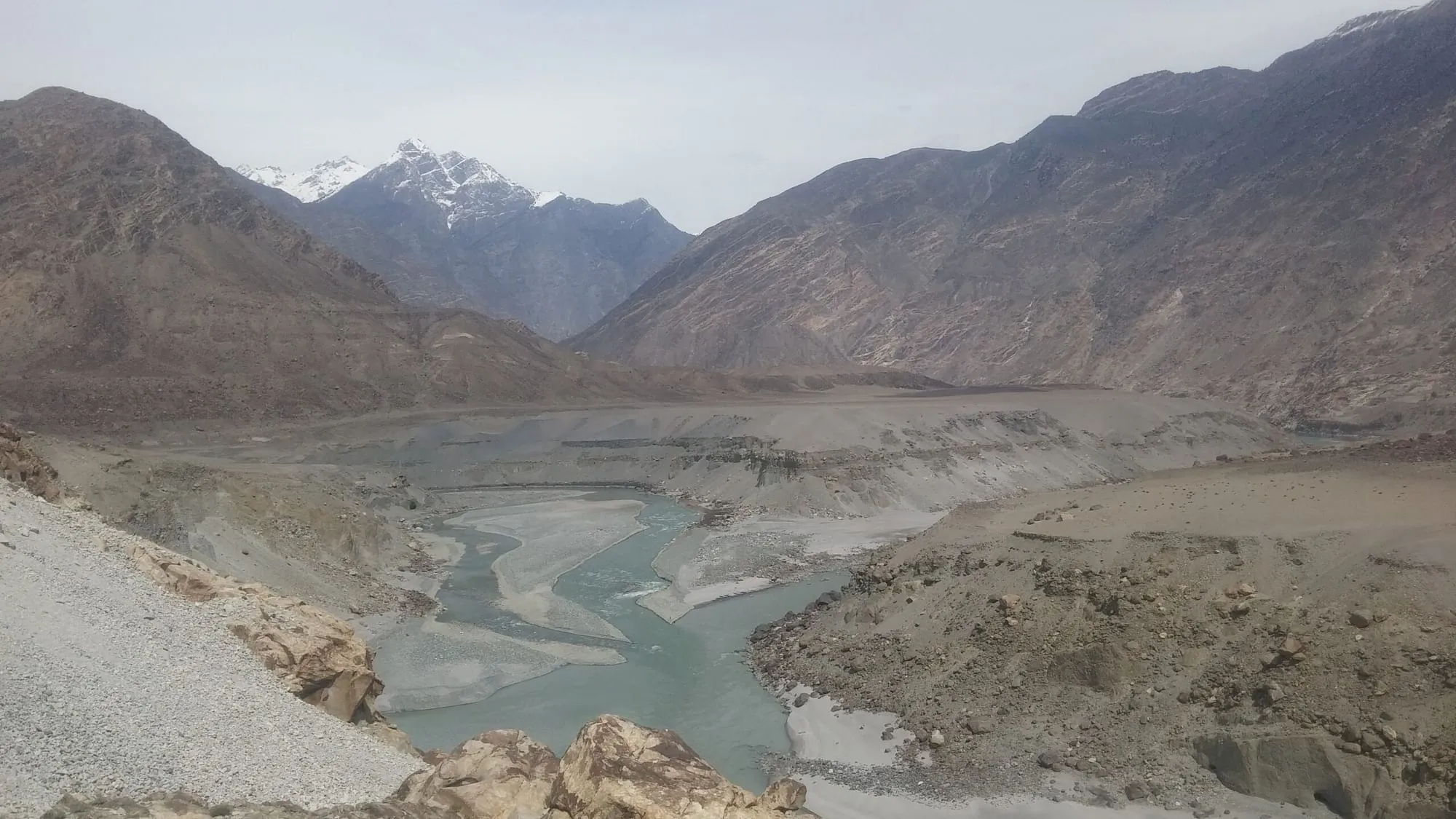The Hindukush Himalayas, a part of Jammu & Kashmir and Ladakh, has warmed at a rate of 0.2 degree Celsius per decade during the last 70 years leading to decline in snow cover and glaciers, reveals a recent report.
The report “assessment of climate change over the Indian region” published by Union Ministry of Earth Sciences, says that by the end of the 21st century, the Hindukush Himalayas would have warmed by 2.6 to 4.6 degrees Celsius.
Interestingly, as per the report the Karakoram Himalayas on the contrary in recent decades has reported more snowing in winters.
Commenting on the report, Prof Shakil Romshoo, Head, Department of Earth Sciences, Kashmir University, said that Jammu & Kashmir and Ladakh being part of the Hindukush Himalayas have been witnessing melting of glaciers for the last seven decades as a result of global warming.
“Globally the climate change has led to an overall warming of 0.8 to 0.9 degree Celsius in the last seven decades. Our region has witnessed excessive warming by 1.2 degrees which is almost 80 per cent above the global average which has led to melting of glaciers,” he said.
Prof Romshoo said that the melt-water supplies are highly vulnerable to changing climate which may affect irrigated agriculture, livelihood and natural ecosystems in the Valley.
“Usually the main requirement for water in the Valley for agriculture begins June onwards. However, the fast melting of glaciers is resulting in excess waters in March and April in our water bodies. In the long run this will leave an impact on the water resources,” Prof Romshoo said.
Pertinently, a report prepared by the Climate Change Cell of the J&K government, has also warned that Kashmir is heading for a peculiar climatic scenario with net temperature going up.
“The amount of snowfall has also reduced over the years. As per the United Nations Environment Programme (UNEP) and International Centre for Integrated Mountain Development (ICIMOD), the temperature in Himalayan region has risen by one degree Celsius since the 1970s. This has caused meltdown of snow and glaciers at a rate of 15 m/yr even in winter,” the report reads.
While quoting the Snow and Avalanche Study Establishment (SASE) report, it states that Himalayan region has already grown warmer by 2.2 degree Celsius in the last two decades. The report mentions that climate change would have “drastic impact on hydropower generation capacity in J&K” possibly in three ways: Firstly, the available discharge of a river may change since hydrology is usually related to local weather conditions, such as temperature and precipitation in the catchment area. Secondly, an unexpected increase in climate variability may trigger extreme climate events viz. floods and droughts, and thirdly, changing hydrology and possible extreme events may increase sediment risks.
The government report says that studies conducted during the past three decades by the National Institute of Hydrology Roorkee reveals that glaciers in Ladakh, Zanskar and the Great Himalayan ranges of Jammu and Kashmir are generally receding, and the glacier volume change ranges between 3.6 percent and 97 percent, with majority of glaciers showing a degradation of 17 percent to 25 percent.
The 23-km Drang-Drung glacier in Zanskar valley is highly affected by western disturbances, the report adds. The action plan says that the maximum temperature is increasing by 0.5 degree Celsius per year in Kashmir Valley.






